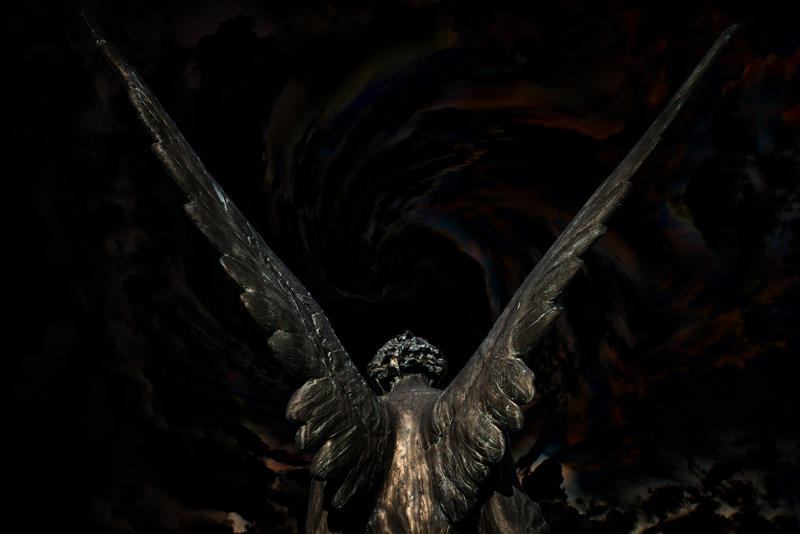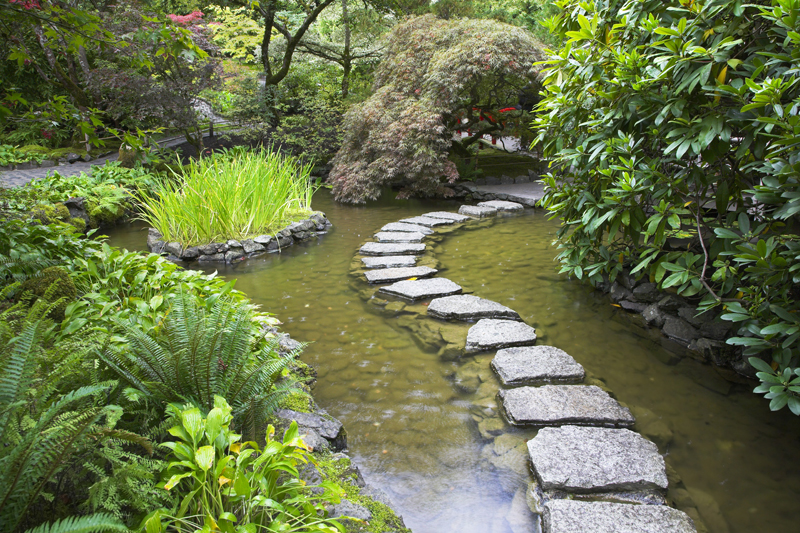Hakuna Matata- A Wonderful Place

As the plane banked into Nairobi I wondered if I was imagining it. The skies seemed bluer and the cloud formation breathtakingly dramatic. All the African stereotypes came tumbling into my head as I trundled my suitcase out into the warm welcoming Nairobi sunshine. You know those impossibly tall African men almost gangly at 7 feet and who walk with the lope of a graceful Impala? Well I was met by Waiganjo from UNEP, who fitted the bill perfectly. He not only neatly tucked me into his car but also drove me into down town Nairobi, pointing out the sights he thought I would like to see. He loped beside me so delightfully, all those pictures of the Masai mara loping across the savannahs, earrings swinging, seemed to come to life in a flash.
Then, along the road grew those flat umbrella shaped trees, you know the ones that are scribbled everywhere in animated cartoons? They were for real, complete with colonies of weaver bird nests clinging to their branches. And when we stopped at the traffic lights, swarms of vendors popped in between the cars selling goodies like they do in India. Everything from passion fruit and mangoes, to little ladies purses and packets of ground nuts were on sale! It was such an Indian feeling, seeing this happen, because we have vendors in Bangalore, hawking less natural stuff like shades and scarves. Be sure to buy yourself a bag as here the fruit is fresh and ripe and much more flavoursome than the ones in the supermarkets.
As the car raced along the lovely long roads, I got a feeling of space. Africa was not just large; it was huge, with lots and lots of open spaces, and best of all the warm red earth. In Nairobi, everywhere I looked, the soil was blood red and that meant it was great, fertile soil, in a great fertile country. For an environment journalist this place seemed the ultimate fantasy of my dreams!
However, there was no public transport in Nairobi, I noticed. As we drove along closer to down town Nairobi, hundreds of vans called Mutatas with people squashed into them were the only sort of public transport around. Cabs were expensive and a ride from the airport cost a princely 25 $ to our hotel in Grigiri close to the UNEP offices. But what seemed overwhelming was the fact that there were so many Indians in Nairobi. Infact my plane out of Doha was full of Indians doing business in Nairobi.
Comfort Gardens, the hotel we were staying in, was surprisingly run by Africans – an enterprising woman named Rose, but sadly even basic amenities like a working shower or hot water were not available. The buffet breakfast was just a skinny omelette and toast and the internet did not work most of the time. However the gardens and the pool were in impeccable condition and the cleanliness of the room was tip top. I guess at 80$ a night one could not hope for more, though several of our group left after the first day to stay in Indian run establishments in down town Nairobi. The prices too were cheaper there at 65$ a night with all facilities thrown in. Oh yes, don’t forget to take your own shampoo and other toiletries, there is only a mini cake of imperial leather in the bath, no matter your gender provided!
With Climate Change hitting Nairobi, there have been droughts in the recent past, but we seemed to have brought the rain with us. Most nights there were heavy down pours with everything glistening and fresh the next morning. It was lovely sleeping under the drumming sounds of the large drops pattering on the roof. Outside the large silk cotton tree with its bright pink flowers shed a carpet of wet petals once the rain stopped. Bougaenvillea too grew effortlessly everywhere and was in thick bloom, their gem coloured flowers hanging over the walls of homes we passed on the way to the World Water Day Conference being held in UNEP House. But what caught my attention everywhere were these umbrella shaped thorn trees called Acacia tortillis, which gave shelter to a lot of bird life. Apparently the leaves of these classic umbrella canopy trees are eaten by browsing animals and their spiral shaped fruit are relished by both man and beast alike. Then the seeds are passed out in the faeces and that’s the trees rather unusual method of propagation!
Just a short walk away from the hotel was a vast and rambling shopping mall. What was wonderful was the mall was huge horizontally and not vertically like most glitzy glass and steel malls are. It is spread over a large area and one could find everything from branded wear, African curios, a massive food court, banks and money changers and of course to our delight a massive supermarket which stocked everything we needed. So once we were done at the conference we browsed through the market for African tea, coffee and spices to take home as gifts for family. The restaurants in the food court offered a variety of cuisine and were a great place to relax in after a long and tiring day.
Breakfast was usually had in the verandah near the pool and it was fun to watch the Cape Wagtails busily walking around the side of the pool searching for grubs and worms. Sometimes I could hear them from my room, sitting up in the Acacia tree calling out with its ringing 'tseee-chee-chee' call to its mate. If you are a bird lover, Africa has a variety of birdlife including a huge number of migratory water fowl which can be found in wild life reserves across the country.
And then, as they say the best was reserved for last. The day we were leaving for India we went to the David Sheldrick Wildlife Trust which is an elephant orphanage in Nairobi. What a place and what great work is being done there by the trust and the keepers. Tiny little elephant orphans are brought in to this nursery and saved from certain death. They were victims of Climate Change and drought, poachers or wildlife/human conflict which cut them off from their mothers and their families. At this orphanage they are brought up for 10 to 12 years, almost like human children, before they are set free in the wild after years of hard work bringing them to maturity. It is a laudable project and charges just 300 shillings per person for entry. As a comparison, I paid 300 shillings to buy six hot cross buns in the supermarket!
Africa and Nairobi was a dream come true for me, in spite of the paradoxes that I saw everywhere. It is a country that is blessed with marvelous natural beauty and if you are a nature enthusiast or, you are tired of the regular touristy places, take your yellow fever shot and just go to Nairobi. It’s a trip you will savor for a lifetime!
Then, along the road grew those flat umbrella shaped trees, you know the ones that are scribbled everywhere in animated cartoons? They were for real, complete with colonies of weaver bird nests clinging to their branches. And when we stopped at the traffic lights, swarms of vendors popped in between the cars selling goodies like they do in India. Everything from passion fruit and mangoes, to little ladies purses and packets of ground nuts were on sale! It was such an Indian feeling, seeing this happen, because we have vendors in Bangalore, hawking less natural stuff like shades and scarves. Be sure to buy yourself a bag as here the fruit is fresh and ripe and much more flavoursome than the ones in the supermarkets.
As the car raced along the lovely long roads, I got a feeling of space. Africa was not just large; it was huge, with lots and lots of open spaces, and best of all the warm red earth. In Nairobi, everywhere I looked, the soil was blood red and that meant it was great, fertile soil, in a great fertile country. For an environment journalist this place seemed the ultimate fantasy of my dreams!
However, there was no public transport in Nairobi, I noticed. As we drove along closer to down town Nairobi, hundreds of vans called Mutatas with people squashed into them were the only sort of public transport around. Cabs were expensive and a ride from the airport cost a princely 25 $ to our hotel in Grigiri close to the UNEP offices. But what seemed overwhelming was the fact that there were so many Indians in Nairobi. Infact my plane out of Doha was full of Indians doing business in Nairobi.
Comfort Gardens, the hotel we were staying in, was surprisingly run by Africans – an enterprising woman named Rose, but sadly even basic amenities like a working shower or hot water were not available. The buffet breakfast was just a skinny omelette and toast and the internet did not work most of the time. However the gardens and the pool were in impeccable condition and the cleanliness of the room was tip top. I guess at 80$ a night one could not hope for more, though several of our group left after the first day to stay in Indian run establishments in down town Nairobi. The prices too were cheaper there at 65$ a night with all facilities thrown in. Oh yes, don’t forget to take your own shampoo and other toiletries, there is only a mini cake of imperial leather in the bath, no matter your gender provided!
With Climate Change hitting Nairobi, there have been droughts in the recent past, but we seemed to have brought the rain with us. Most nights there were heavy down pours with everything glistening and fresh the next morning. It was lovely sleeping under the drumming sounds of the large drops pattering on the roof. Outside the large silk cotton tree with its bright pink flowers shed a carpet of wet petals once the rain stopped. Bougaenvillea too grew effortlessly everywhere and was in thick bloom, their gem coloured flowers hanging over the walls of homes we passed on the way to the World Water Day Conference being held in UNEP House. But what caught my attention everywhere were these umbrella shaped thorn trees called Acacia tortillis, which gave shelter to a lot of bird life. Apparently the leaves of these classic umbrella canopy trees are eaten by browsing animals and their spiral shaped fruit are relished by both man and beast alike. Then the seeds are passed out in the faeces and that’s the trees rather unusual method of propagation!
Just a short walk away from the hotel was a vast and rambling shopping mall. What was wonderful was the mall was huge horizontally and not vertically like most glitzy glass and steel malls are. It is spread over a large area and one could find everything from branded wear, African curios, a massive food court, banks and money changers and of course to our delight a massive supermarket which stocked everything we needed. So once we were done at the conference we browsed through the market for African tea, coffee and spices to take home as gifts for family. The restaurants in the food court offered a variety of cuisine and were a great place to relax in after a long and tiring day.
Breakfast was usually had in the verandah near the pool and it was fun to watch the Cape Wagtails busily walking around the side of the pool searching for grubs and worms. Sometimes I could hear them from my room, sitting up in the Acacia tree calling out with its ringing 'tseee-chee-chee' call to its mate. If you are a bird lover, Africa has a variety of birdlife including a huge number of migratory water fowl which can be found in wild life reserves across the country.
And then, as they say the best was reserved for last. The day we were leaving for India we went to the David Sheldrick Wildlife Trust which is an elephant orphanage in Nairobi. What a place and what great work is being done there by the trust and the keepers. Tiny little elephant orphans are brought in to this nursery and saved from certain death. They were victims of Climate Change and drought, poachers or wildlife/human conflict which cut them off from their mothers and their families. At this orphanage they are brought up for 10 to 12 years, almost like human children, before they are set free in the wild after years of hard work bringing them to maturity. It is a laudable project and charges just 300 shillings per person for entry. As a comparison, I paid 300 shillings to buy six hot cross buns in the supermarket!
Africa and Nairobi was a dream come true for me, in spite of the paradoxes that I saw everywhere. It is a country that is blessed with marvelous natural beauty and if you are a nature enthusiast or, you are tired of the regular touristy places, take your yellow fever shot and just go to Nairobi. It’s a trip you will savor for a lifetime!
You Should Also Read:
Marianne De Nazareth
An interview with Marianne De Nazareth - Part-1
An Interview with Marianne De Nazareth - Part-2

Related Articles
Editor's Picks Articles
Top Ten Articles
Previous Features
Site Map
Content copyright © 2023 by Mariann de Nazareth. All rights reserved.
This content was written by Mariann de Nazareth. If you wish to use this content in any manner, you need written permission. Contact Farjana Amin for details.





